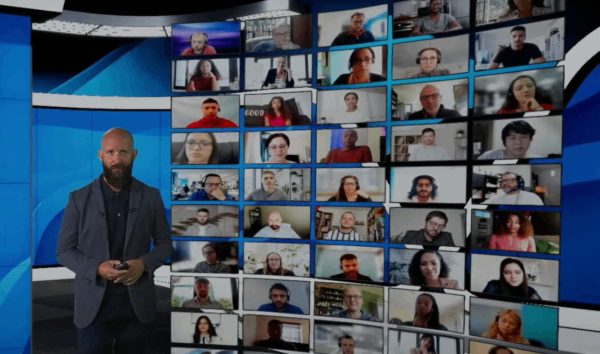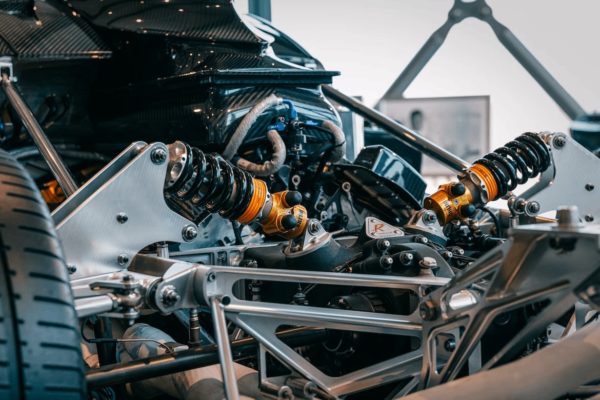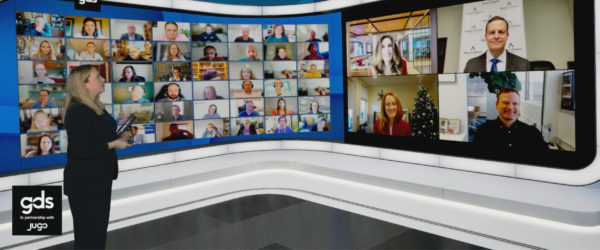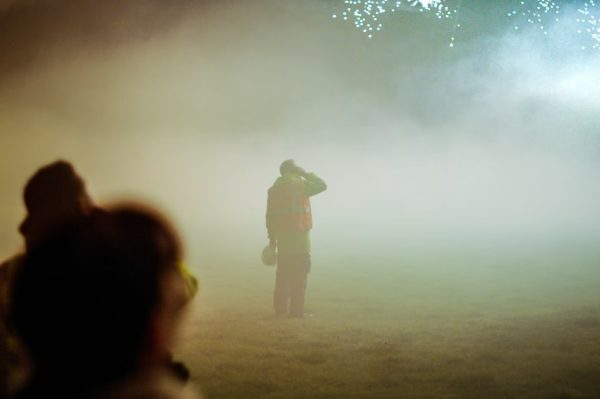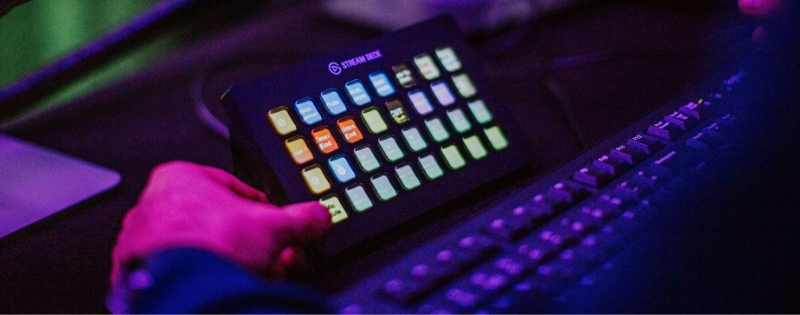Houston Methodist is a faith-based academic medical center comprised of 8 hospitals with 26,000 employees and 1,000+ affiliated physicians. US News has ranked the medical center as #1 in Texas and top 15 in the nation, and they’ve recently made the World’s Best List for Smart Hospitals. As we gathered the best and brightest healthcare transformation specialists at our recent NG Healthcare Summit we wanted to know how Houston Methodist found innovation success. Here’s what we learned from Dr. Sarah Pletcher, System VP & Executive Medical Director, Strategic Innovation at Houston Methodist during her keynote address titled “Care Redesign – Houston Methodists Transformation Journey.”
Bold Vision for the Future
For Houston Methodist, a big piece of their transformation was deploying virtual programs, celebrating quick wins, and moving on to the next transformation. Houston Methodists virtual portfolio has grown massively in the last 2 years: Virtual urgent care, video visits, telephone and text, collaborative care, virtual ICU, tele-stroke, tele-psych, tele-sitter, tele-nursing, tele-rounding. As Dr. Pletcher told us, “with all of our growth aspiration’s we’re still facing significant headwinds and challenges, you name it there’s a lot of challenges and the greatest of those may be just in the expectations of our patients, our consumers, what they want in terms of convenience and trying to deliver that against the pressure to reduce the cost of delivery, all while seeing disruptors and consolidators in the marketplace.”
The hospitals “Care Redesign” portfolio was aimed at improving the experience for patients while looking at ways to bring costs down and reduce length of stay. One of those initiatives was the telenursing program.
Telenursing Program
Houston Methodists telenursing program was a rapid deployment and they started with just with iPads, which were already available in every patient room, while at the same time working on installing wall mounted cameras in patient rooms.
“In just 5 months we’ve already seen stunning success by pulling tasks away from the bedside nursing staff and delivering those same services to the patients in a way that’s more efficient, more accurate and a more personalized experience for the patient, focusing on admissions, discharges, those tasks that took a lot of time for the bedside nursing team that can now be delivered remotely and can be done in a way that feels very personalized, we can involve the patients family, other members of their care team, it’s been a huge success.”
The quick win for the medical center brought about more innovative transformation. They began looking at other ways to bring in predictive and proactive analytics, leveraging AI in terms of the algorithms to identify which patients need intervention more frequently and which patients are doing well. This meant adopting new technologies they could bring to the bedside.
Ambient Monitoring Cameras
Ambient monitoring cameras in each hospital room can recognize, identify, and respond to several safety events, allowing nurses to provide the right level of service at the right time. This also help them handle the challenge of workforce and staffing ratios. A similar technology is now being used in their operating rooms helping to recognize process and throughput as well as find quality improvements for their surgical teams and better communication with patient family members when their loved one is going in or coming out of the operating area. This second quick win allowed Houston Methodist to advance their remote monitoring strategy.
Remote Patient Monitoring
“Our first step in advancing that strategy was using what I call a hero product, a device that’s easy to use, high medical grade clinical integrity, can give us lots of information, we can use it in lots of settings and one that keeps the patient at the center but offers our care teams better insight and support,” Dr. Pletcher shared.
The tech is called BioButton, capable of delivering over 1400 data measurements per day. It allowed Houston Methodist to reimagine how they collect vital signs and added to the layer of intelligence and insight to catch trends, to supplement what they had been doing at the bedside and to have those staff who are busy collecting vitals be able to provide more personalized clinical support to the patients. The device can be used in the hospital but also for those patients that need monitoring when they are discharged as well. “It allows us to be more efficient and to have more eyes, with fewer feet if you will from a workforce perspective, but ultimately it allows freedom, convenience and independence for the patient allowing us to look after them after they’ve gone home.”
Houston Methodist continues to innovate for a better patient care experience. Communication and collaboration amongst teams have been key to their success and as Dr. Pletcher concluded:
“We’re really making sure that we’re not just adding technology for the sake of it but that we are really using it to leverage a better care experience and we hope that by making care more proactive and facilitating more coordinated communication we’re going to keep making care more efficient and more pleasing to the patient.”
-Dr. Sarah Pletcher, Houston Methodist
GDS Summits are tailored 3-day virtual event conferences that bring together business leaders and solution providers to accelerate sales cycles, industry conversations and outcomes. Regarding the Healthcare Summit 75% of Delegates said their overall experience was either Above Average or Excellent and 100% of Delegates said the Digital Summit provided them with actionable outcomes to support their current initiatives.
For more, click here to hear from attendees on how GDS has helped them to achieve their business outcomes.


